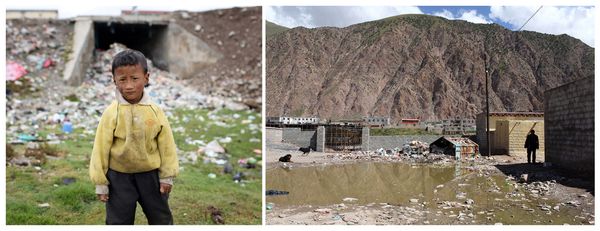The Last Nomads of the Tibetan Plateau
-
Dates2010 - 2012
-
Author
Nestled deep in the Sanjiangyuan region of southern Qinghai in western China, lie the highland grasslands of the Tibetan Plateau.
Nestled deep in the Sanjiangyuan region of southern Qinghai in western China, lie the highland grasslands of the Tibetan Plateau. This is the home of the sources of the Yangtze, Yellow and Mekong Rivers. In recent decades, the grasslands on the "roof of the world" have become progressively degraded, many scientists believe as a result of rising temperatures and drying caused by climate change.
For 5,000 years the nomads of the region have roamed these lands, freely moving their flocks of sheep and cattle with the changing seasons. But over the past decade these people have been moved, often against their will, from the grasslands and into newly constructed towns and villages across the plateau. To date, it has been estimated that up to 100,000 "ecological migrants" have now been removed from nomadic communities on the grasslands. A traditional way of life is quietly but swiftly disappearing from the 'roof of the world'. This series aims to document the remaining people from this culture, contrasted with their ever changing landscape.






